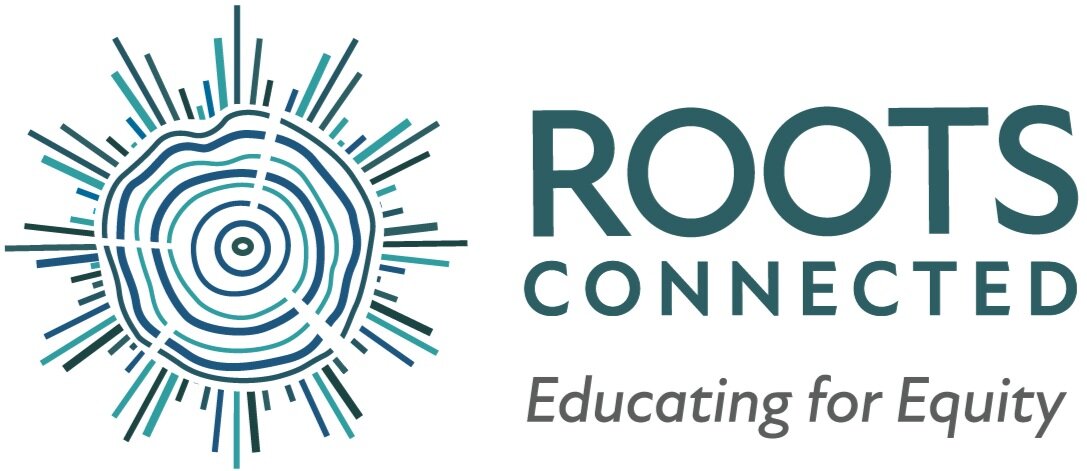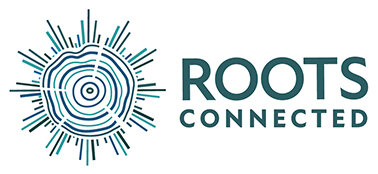Who Has Power in Math Class? Whoever is Asking the Question
Contributor: Barry Rust
Who has power in math class? Is it the student with all the answers? Her power is so great that some kids give up on their own reasoning: “I thought the answer was 251, but she says it’s 432… so… pass me the eraser, please?”
But who had the power to ask the question in the first place?
Think of a routine like “Notice and Wonder.” Hand a few crackers to one Kindergartener and a few more to another. Ask them what they notice and wonder, and they’re going to be wondering who got more—and was it fair. Give a student a story problem without the question at the end and listen to what questions they ask. Now students have the chance to see how math describes the world they live in.
Mathematics is ready-made to help us think about what’s fair and what’s just. We can use that mind-set to interpret the scale of racial injustice in history or present day. For example, it can help us be more strategic about our fundraising during a social action initiative. When students ask the questions, math becomes a tool to help them change the world.
Students can also ask their own questions about the mathematics itself. If they can find ¾ on a number line, what do they notice and wonder about a mark exactly between the ¾ and the 1? As students think about this question, they start to recognize the patterns behind how we write fractions. There’s power in comprehending a pattern and then seeing how far it extends. That’s where the joy in math comes from. Not just in finding an answer.
Yes, questions are sometimes mandated. At their best, standards and curriculum provide a logical sequence that helps students make sense of more and more complex concepts. Students can own that learning when they have the chance to ask their own questions about big ideas.
Imagine if a worksheet was framed as an invitation to explore an idea rather than a chore to complete. What if a page of two-digit multiplication problems was a chance to test ideas, not regurgitate procedures? What if a student wondered if 20 groups of 14 is just like 2 groups of 10 fourteens? And what if that student then had the curiosity and the freedom to push their idea on a problem like 200 x 14, even if it wasn’t on the sheet, even if not every single problem on the sheet was already complete?
We want students to be constantly challenging, digging, and pushing ideas to see how much power those ideas have. If we do that, when we get 251 and someone else gets 432, we’re inspired to ask more questions, to think more—not to stop thinking.
Not everything in math will be about transforming the world. But if we help students believe their questions are worth exploring, we help them become people who can enjoy math, see the power in it, and use it to understand their world.



